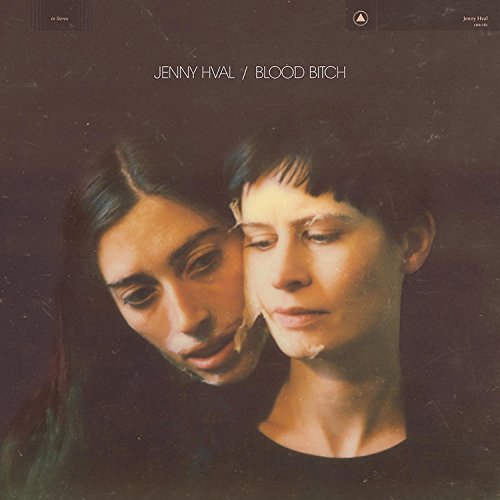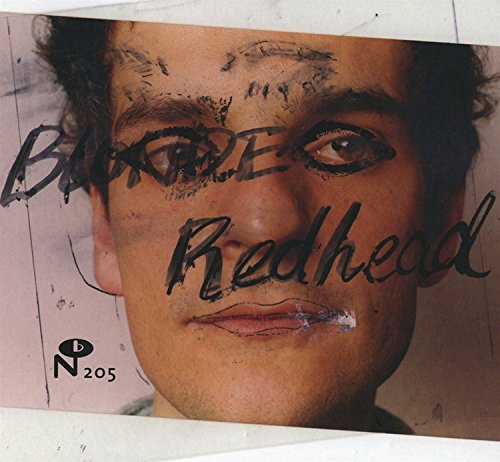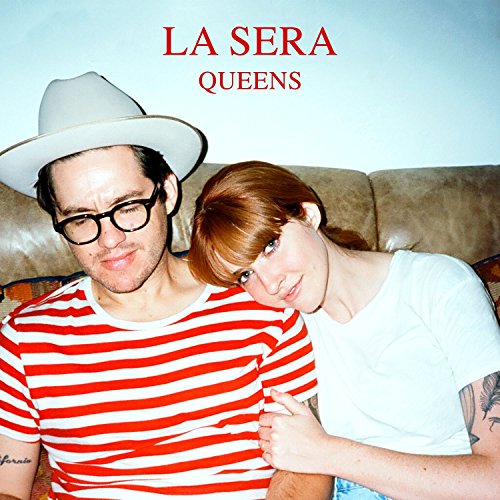WHAT THE POP PAPERS SAID: WAS THE FACE SO GREAT?: So, the final edition of the Face has been and gone, and everyone has lined up at the graveside (topped off with a model wearing a gauze bikini and wonky make-up) to lament the death of one of the bright sparks of the music-lifestyle publishing continuum. But was it really such a great title?
We picked up a back issue at random (i.e. last time we popped down to see my Dad, I grabbed a copy from my old bedroom) to see if it really was the vital, cooler than you publication. The issue in question turned out to be Number 72, the April 1986 edition - ninety pence to you, love. So, with fourteen years to run, and the Jason Donovan slip-up far in teh future, how was the magazine doing?
It had Nick Kamen on the cover - not, we should point out, as a model, but in his brave new career as a singer. Nick Logan was still editing ("Contributing editor: Robert Elms") and Neville Brody was still doing stuff with letraset and pencils - so you'd expect something classy, right? And yet, not only is Kamen being marked as the figure to watch (in what way was he ever going to be cool? He was, like, the Tetley tea folk or Douglas the Butterman), but there's also a lot of excitement over Charlie Sexton - "does he have more to offer than a pair of cheekbones?" Erm, no, as it goes. Kamen is pledging to keep "a low profile", which he managed to do successfully for twenty years after.
There's a double page spread about Coca-Cola posters, which even at the time was less youthful heat, more middle-aged collector (pity they missed out on plugging the lucrative market in Frys Five Boy plate adverts), but the first sign that the Face in 86 was very much a thirtysomething's desperate desire to be hip was the big plug for Absolute Beginners. TV-am even spotted this was a clunker, and yet The Face seems to be buying the dream: "with a richness of colour and witty detail, the set and costume designs kaleidescope time and space... lots of colour, noise and posing..."
Gary Oldman is in, too, plugging Love Kills although he "pins no special hopes on its success" - the face's dream seemed to be creating a British film industry by word of mouth, presumably in the hope that it might generate someone more interesting than Oldman and Kensit to write about.
And this, surely, is the stuff that the Face dropped into hindsight's blindspot - for every trend they saw coming and jumped firmly onto (they weren't really ahead of the game with acid house, it's just most of the aciiiid kids had got so wasted when they read about it six months later in The Face they thought it was a new thing), they backed a whole Grand National of lame old nags. This month, British youth was about to become... New Jazz freaks. This whole scene was built on the wobbly back that Courtney Pine looked quite good in a suit. Gayle Thompson tried to sound a note of warning, that it wouldn't be any good unless people actually started to play instruments instead of simply buying a couple of black and white posters of guys with saxophones from Athena, but The Face wasn't listening.
Still, they got it right about Doc Martens, although it's hardly much of a risk in suggesting 'young people will wear Docs' at any point since 1975.
Raymonde get a lot of coverage - they were also favourites of the Record Mirror at the time - James E Maker was complaining that you couldn't trademark the way you look, although even if you could have done, the Intellectual Property rights on the Raymonde look wouldn't have bought more than a small portion of chips.
Jon Savage helps the reputation for predicition a bit, though: "It's not a question of hating Americans - no such polarisation - but in being selective about its products and rejecting saturation. Meanwhile, we turn inwards, and to Europe, and to the East."
There's an interview with Patricia Highsmith - the sort of thing The Face would never have done in the recent past, four gorgeous long pages, mainly densely typed. She relates her early days working as a rewrite girl for comic books, earning four bucks a page.
It's a fashion special, so there's extra pictures of clothes. In 1986, Face fashion shoots were still fairly straight - well, homoerotic, but done straight: people wore the clothes, and would generally stand in the middle of the frame. The coming looks were School Girl-meets-Matador and slightly scarily hung boys in tight pants. We never saw anyone wearing these looks. They also interview Jean Paul Gaultier, who, like Absoluite Beginners, anyone with half an eye could see was absolute, screaming rubbish; even back then.
The TV review mentions Blind Date ("LWT's recent...") without any hint that it might nearly outlast the Face. Prince had just done an interview for MTV: "I haven't built any walls around myself" he claimed, as if making a mental note to nip down to B&Q for a bunch of bricks and a trowel.
And so, really, the magazine wasn't all that - as a guide to the coming world, it's as far off beam as the ladybird books which confidently predicted flying cars, silver jumpsuits and single pills providing all our nutritional needs. The best bits - the signed columns, the theoughtful telly reviews and the Highsmith interviews - would be dumped in a quest for ever rising sales, while the sub-Peter Yorke trendspotting would eventually overwhelm the title. If the Face was ever going to be a measure of the core temperature of the young people of Britain, in 1986 its thermometer was missing the rectum by a good distance.
Monday, May 10, 2004
Subscribe to:
Post Comments (Atom)









No comments:
Post a Comment
As a general rule, posts will only be deleted if they reek of spam.